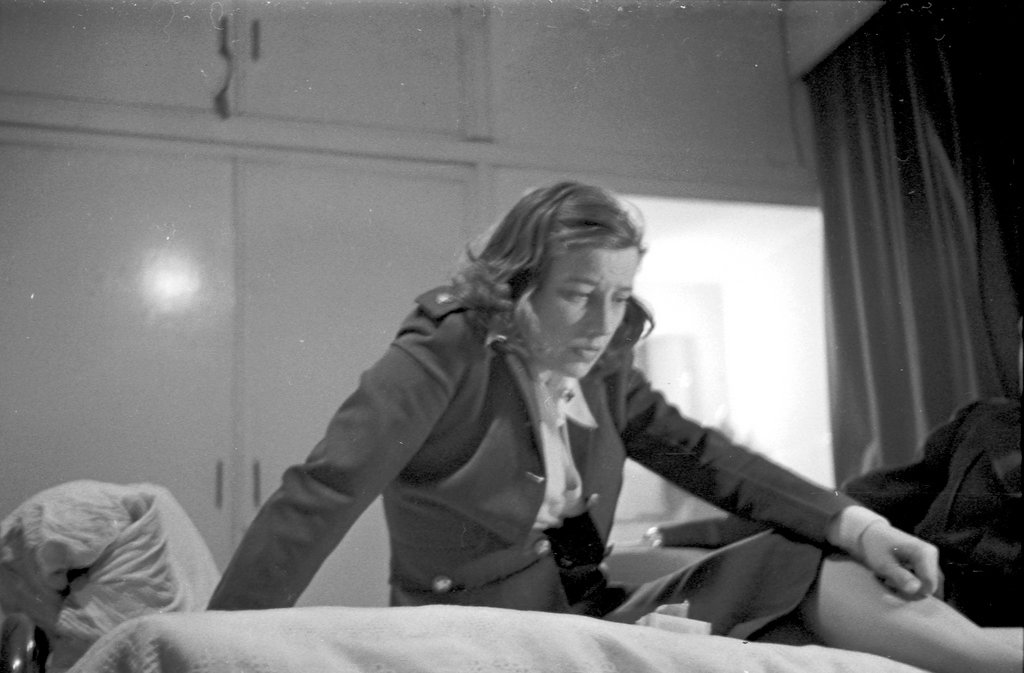Secrets of the German aërial fleet — I
A widespread assumption in 1913 was that the mysterious airships then being seen in British skies were real and German. The vast majority certainly were not: there were just too many of them, in too many places, for no conceivable purpose. But it remains a possibility that a few of them really were German airships. […]




